Project Overview
Commodities
Practices
- Crop Production: cover crops, silvopasture
- Pest Management: mulches - living
Summary:
Conventional methods for establishing new silvopasture may include unnecessary material and labor costs that constrain the practice's cost-effectiveness, generate unnecessary waste, and do not minimize tree mortality. Material costs and off-site inputs that could potentially be reduced are weed mats, mulch, compost, herbicide, and tree tubes. Labor costs that could potentially be reduced include mowing, weeding, watering, mulching, installation and removal of tree mats, and installation and removal of tubes. In place of these relatively high-input methods, we hypothesized that lower-input methods could be used that are less costly, generate less waste, and are ultimately more effective for growing healthy trees. This project attempted (1) to replace compost, mulch, weed mats, herbicide, and ongoing watering with “living mulch,” (i.e. cover crops) that would provide equivalent or better weed suppression, water retention, and tree nutrition. It also attempted (2) to replace tree tubes, stakes, and unnecessary exclusion fencing with "plant deterrents" (cut brush and/or live low-palatability species), minimal adjustable polywire fencing, and carefully executed grazing management. Our theory was that by using materials found on-site and techniques that are already a part of the grazier's routines, we can reduce costs, reduce waste, and decrease tree mortality. Initial results indicate that (1) cover crops caused more harm than good, due to imprecise seeding rates resulting in allelopathy (2) tree mortality rate was driven primarily by weather and trees' success at transitioning from the nursery to the field, (3) although tree tubes do initially add some labor costs, over the long-run, they are highly effective at growing trees reliably straighter and taller (though they do not overcome major mortality factors), with considerably less labor costs. Relative success of different plant deterrents is pending an analysis of 2025 grazing sessions.
Project objectives:
Primary Objective
After reviewing as many cost analyses of new silvopasture establishment that we could find, we found that the establishment costs of new silvopasture for shade was prohibitively expensive, at scale, for our farm. Although costs per tree were usually given as roughly $50 (+/-$20) often these costs did not take mortality rates into consideration, and the labor costs reported appeared to have left out significant parts of any planting process (likely due to the fact that the laborers were initiating self-reporting rather than taken by collecting hours from payroll). Given these considerations, it appears that at the time of the project proposal, producer establishment (as opposed to specialized tree-planting companies' methods) was averaging costs between $50-$100 or more per living tree, after roughly two years. Sometimes costs per living tree were significantly higher, as well, since in many projects mortality was over 50% or more. This resulted in an overall low cost-effectiveness that is surely a hindrance to the wider adoption of silvopasture by cattle producers.
We hypothesized that the costs per living tree could be significantly reduced, and tree survival improved, by using alternative methods that replace conventional “landscaping” materials and maintenance activities with the “pasture-focused” materials and activities regularly employed by livestock producers in the Southeast. Specifically, we proposed to replace compost, mulch, ongoing watering, and mowing with “living mulch,” (i.e. cover crops), deterrent plants (cut brush and/or live low-palatability species), adjustable polywire fencing, and carefully executed grazing management.
Background
Living Mulch
Many efforts to establish trees utilize mulch and/or ongoing mowing or spraying, to suppress weed competition. We tested the viability of using cover crops as a “living mulch” alternative. Cover crops have been shown to reduce weed competition, conserve moisture, and benefit soil health (1). We hypothesized that cover crops are an effective and affordable solution to weed suppression. Furthermore, by supporting tree health and drought tolerance, living mulch may reduce tree mortality from non-browsing causes.
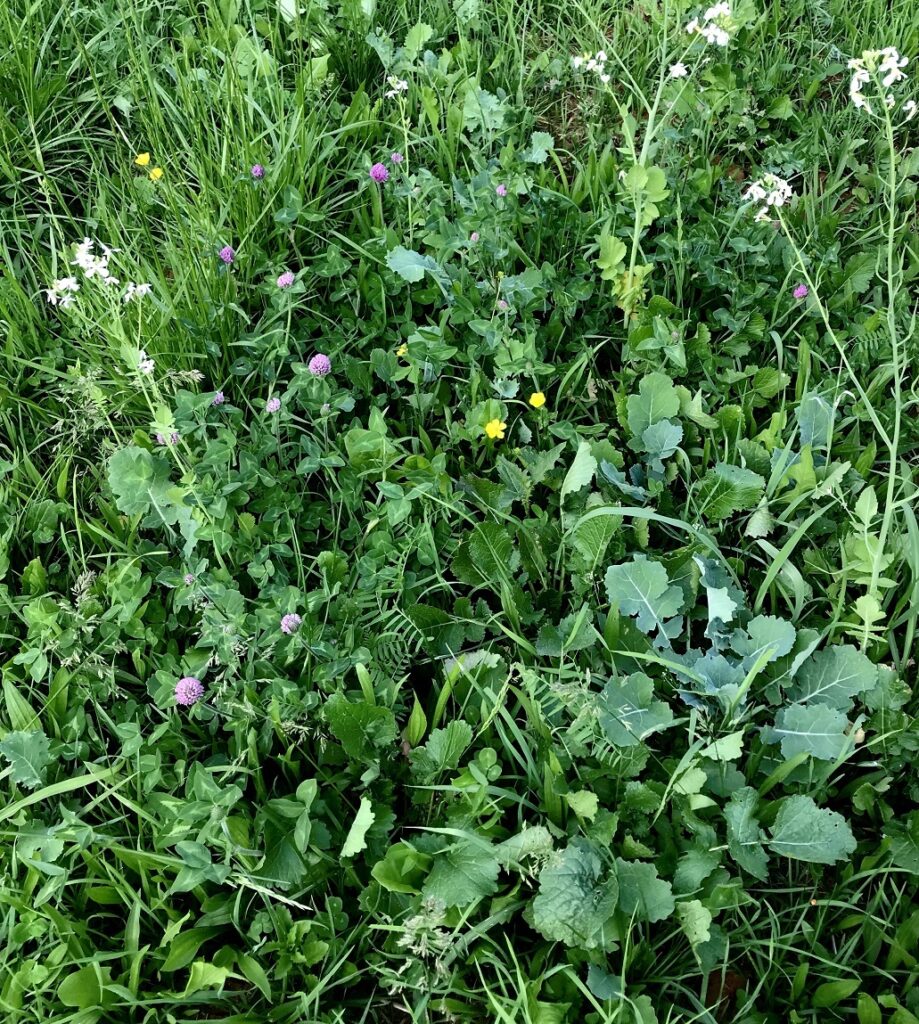
Plant Browsing Deterrents: “Brambles”
In recent years, conservationists in the UK have concluded that using “brambles” (Rubus spp.) to naturally regenerate forests is a more cost-effective afforestation strategy than traditional tree-planting (2). These “brambles” are early succession natives with thorns that deter herbivory. They provide saplings protection, only to be shaded out later as those saplings mature. A similar concept was tested in a silvopasture application in SARE # FNE19-939, “Tree Regeneration and Establishment Strategies in Silvopasture and Sugarbush Systems.” However, this case study took place in a woodland context, and trees were planted into existing invasive species (Japanese barberry, Multiflora Rose).
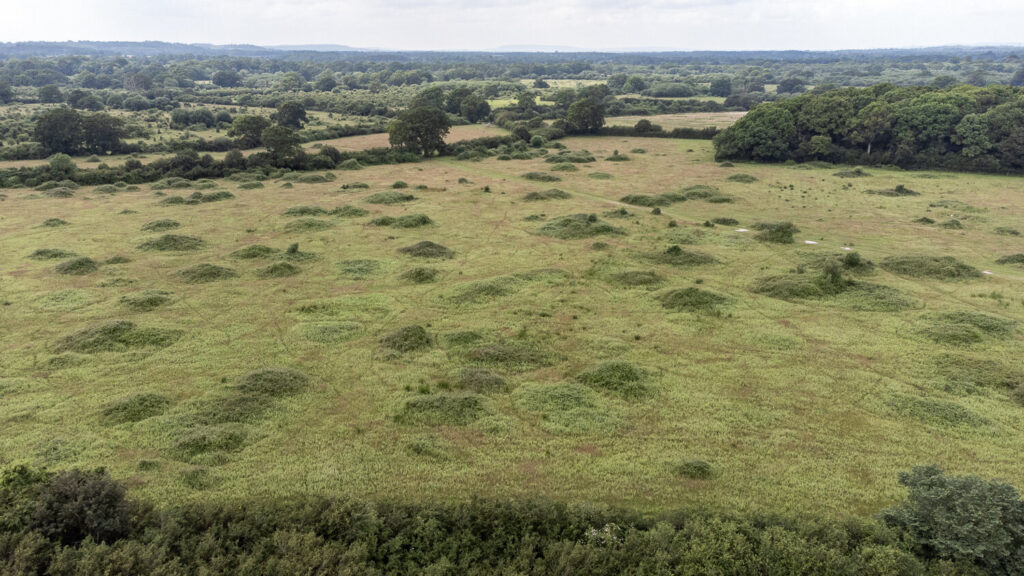
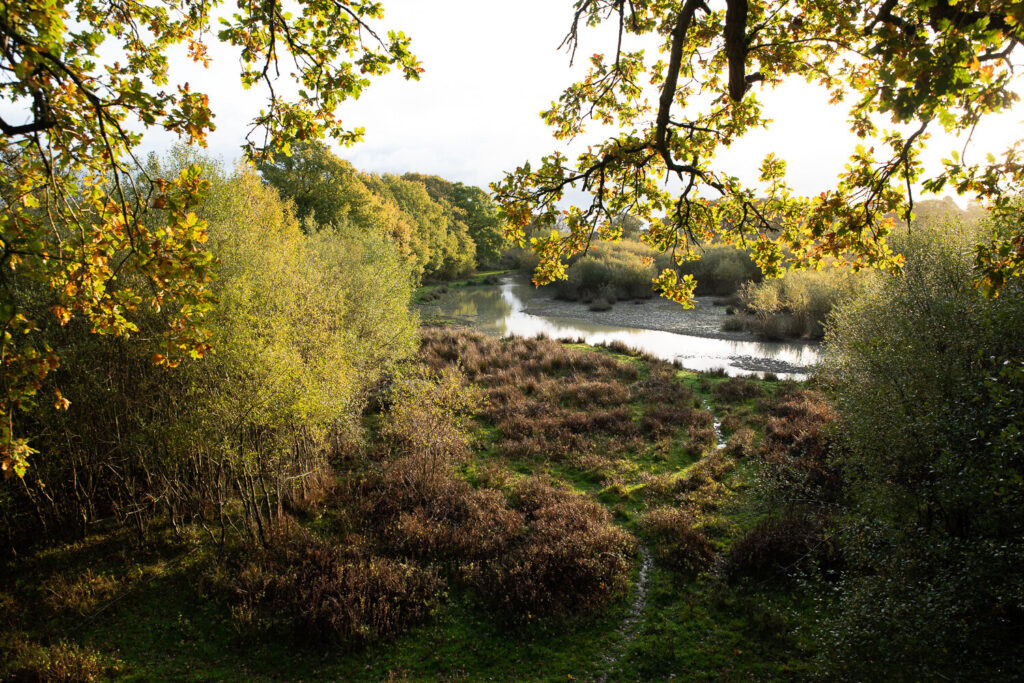
We proposed to test this concept out with native species, in new silvopasture establishment, into existing pasture. We used various native and exotic species of “plant deterrent” ("PD") that were already found on the farm. Some of the PDs were cut brush, and others were live plants. These were planted/arranged around the target silvopasture tree species and initially protected by polywire fencing. We compared the “PD” method to conventional methods used elsewhere: plastic tubes and exclusion fencing (3, 4). We hypothesized that PDs may be as effective as other deterrent methods, and/or may be less expensive to obtain and install on a large scale. They may also allow one to avoid the well-documented performance pitfalls and environmental downsides documented by others (5).
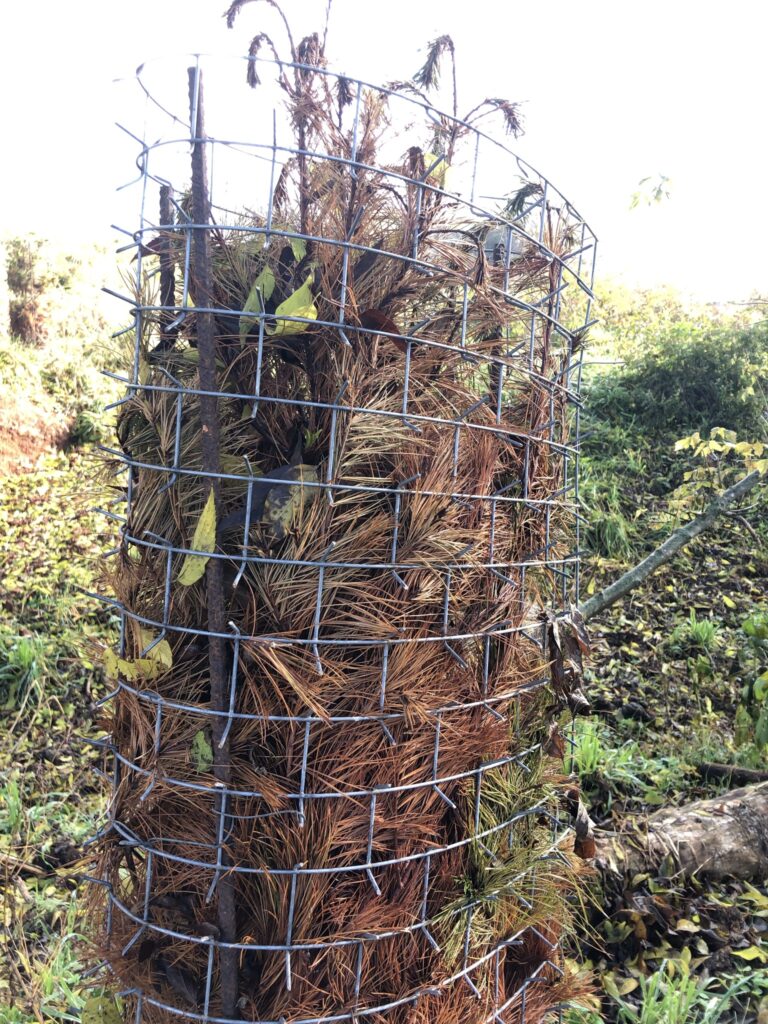
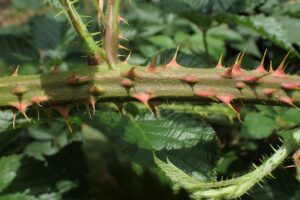
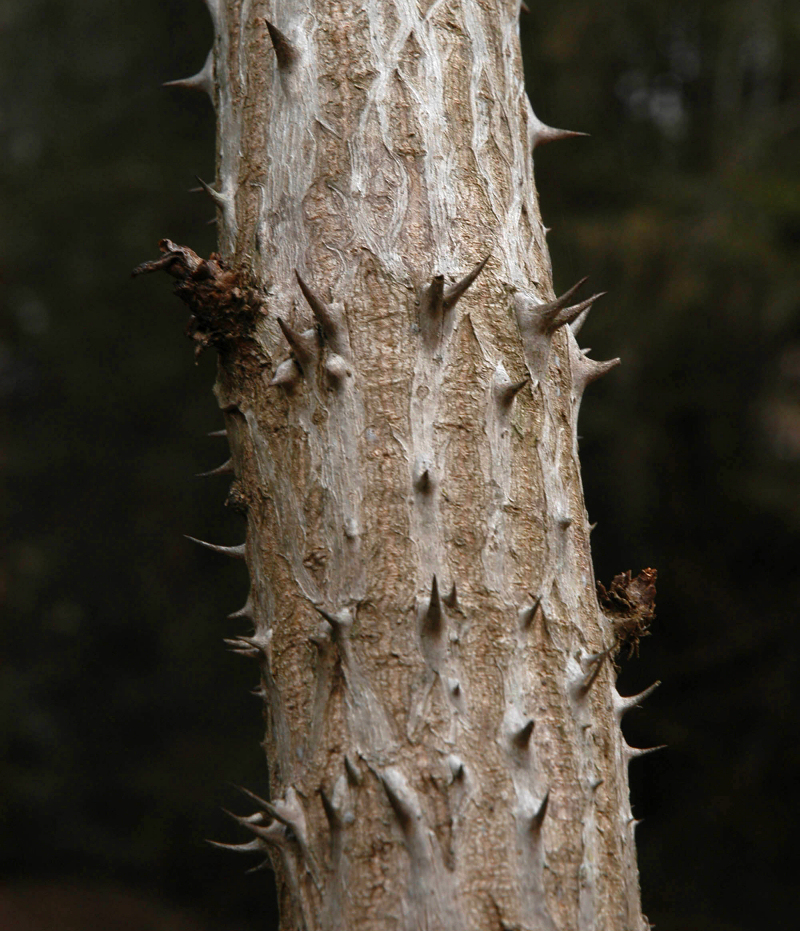
(1) https://www.nrcs.usda.gov/wps/portal/nrcs/detail/ny/technical/?cid=nrcs144p2_027252
(2) https://www.bbc.com/future/article/20210524-the-reason-wild-forests-beat-plantations
(3) SARE Project #ONC16-017, Savanna Institute, 2019.
(4) SARE Project # LNE20-405R, Chesapeake Bay Foundation, ongoing.
(5) https://www.sciencedirect.com/science/article/abs/pii/S0048969721033106